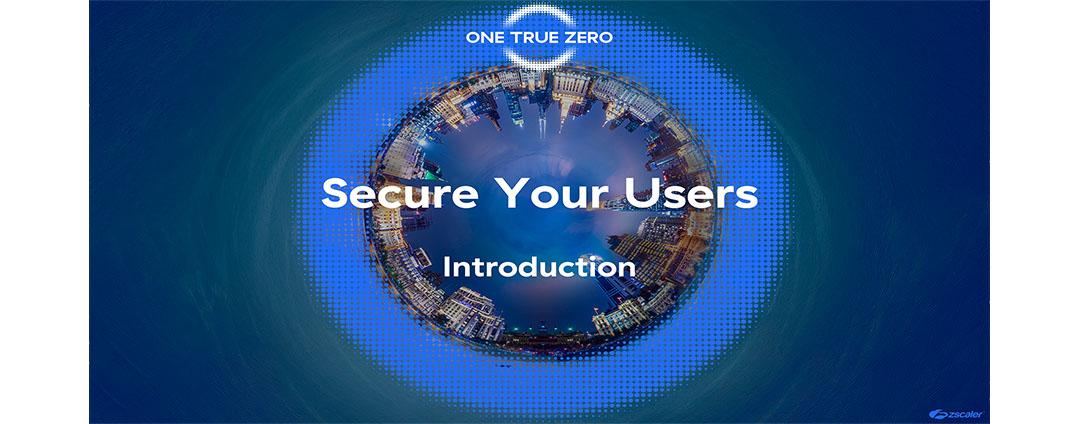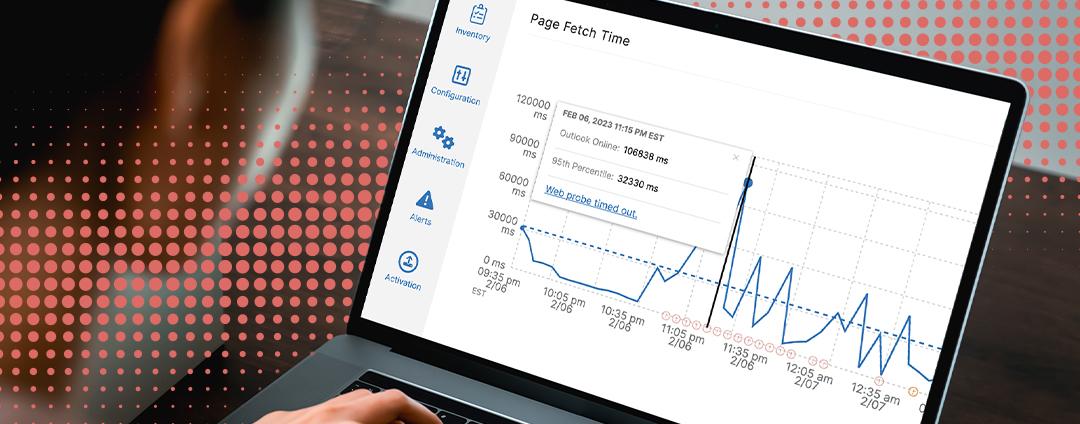For months now, employees have been working from home, trying to balance multiple aspects of their lives while contributing to work as if things were business as usual. While most employees have found high productivity at home, some may be itching to go back to the office—for collaboration, a quiet work environment, or simply the ability to focus on work in the setting an office provides. Many agree that working together and meeting face to face cannot be replicated through conference calls or online get-togethers. Thus, going forward, the “new normal” likely means a hybrid approach of working from home and the office.
How is everyone thinking about the re-open?
Netflix CEO, Reed Hastings, said in an interview, that he expects his 8,600 employees to return to the office “12 hours after a vaccine is approved.” He then tempered his remark suggesting a hybrid work approach to their corporate staff is the most likely outcome. In statements from industry executives, the return to the office is unlikely to look as it did before the pandemic. Organizations must not only prepare to open their offices in accordance with local health and safety regulations, but they must also ensure that their security posture is robust. They must provide consistent protections for employees in the office, at home, and anywhere while safeguarding against the possibility of malware-infected devices returning to the corporate network.
Top security considerations for a hybrid work environment
Albeit the result of unfortunate circumstances, the shift to securing millions of remote workers has led to the widespread adoption of the zero trust security model.
During this shift, it became apparent that simply adding VPNs to allow remote employees to access private applications doesn't scale well—especially now, as companies look to prepare for the new hybrid model of employees splitting their time between in-office and remote work. Security aside, this new way of working will require organizations to prioritize user experiences more than ever before. Whether working in-office or remotely, employees will expect consistent, speedy access to the private applications and tools they need to be successful. Legacy solutions, such as appliances and VPN, result in poor accessibility, latency, and inconvenient backhauling.
Zscaler Private Access (ZPA) was created to address the needs of enterprises with large remote workforces, or those that embrace a hybrid work model, enabling employees to securely access private, internal apps in the cloud and data center without cumbersome VPNs. . Now, as an addition to our ZPA service, we’re introducing ZPA Private Service Edge, which applies zero trust within the customer’s data center, or in a public cloud service, while leveraging the existing MPLS infrastructure.
One solution to fit your needs
Zscaler Private Service Edge provides seamless, zero trust access to private applications running on a public cloud or within the data center. Available as part of our (ZPA) service, ZPA™ Private Service Edge is a fully functional single-tenant (per customer) instance that is hosted by you and managed by us. ZPA Private Service Edge has the functionality of the ZPA cloud service, but in closer proximity. For on-premises users looking to access an application that is also running on-premises, it may not make sense to go out to the internet first. ZPA Private Service Edge creates a single tunnel connecting between a Zscaler Client Connector and the App Connector. For on-premises users, or even remote users in countries where there is no ZPA cloud service, access to private applications is brokered through ZPA Private Service Edge and is always seamless, fast, and secure.
What will you gain from ZPA?
You can configure ZPA so that ZPA Private Service Edge and the ZPA cloud service can both be used to ensure the best experience for users connecting to private applications. ZPA Private Service Edge registers with the ZPA cloud and downloads policies and configurations, allowing them to be enforced locally. Thus the benefits of the ZPA Private Service Edge are in addition to the benefits ZPA provides to connect to private applications.
ZPA delivers great user experiences
Since the enforcement of policies occurs locally, ZPA Private Service Edge chooses the best path for connecting to the applications, making it a great user experience.
ZPA reduces the threat surface
With ZPA, users are never connected to the network, instead directly connecting to the application reduces the threat surface.
ZPA fits perfectly with your hybrid cloud strategy
Whether your applications are in the cloud or on-premise, ZPA Private Service Edge connects the local user to the applications, allowing you to maintain a hybrid cloud approach.
ZPA offers high availability
Policies and configurations are cached for weeks, allowing continued connectivity—especially in countries where internet connectivity is poor.
ZPA helps you meet compliance
For industries that have regulations around utilizing the cloud, ZPA Private Service Edge helps comply with standards.
ZPA provides centralized policy enforcement
Dual access capabilities of on-premises and public cloud brokering automatically optimizes the experience for local users when accessing apps running on-premises and for remote users accessing applications on-premise or in the cloud.
To learn more, download the whitepaper





